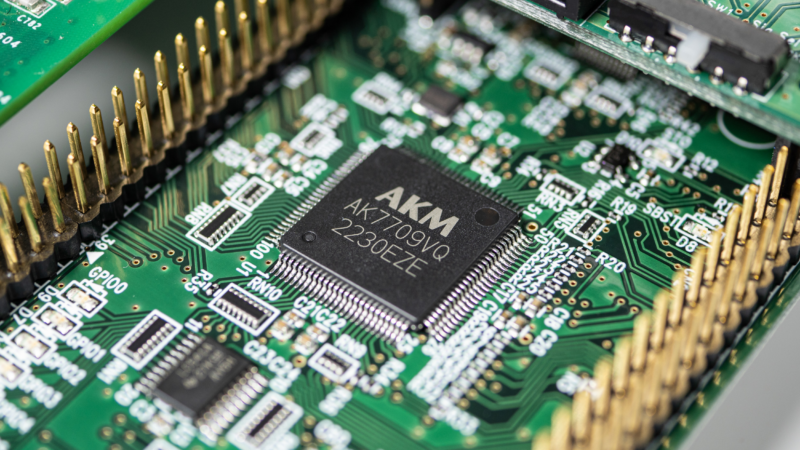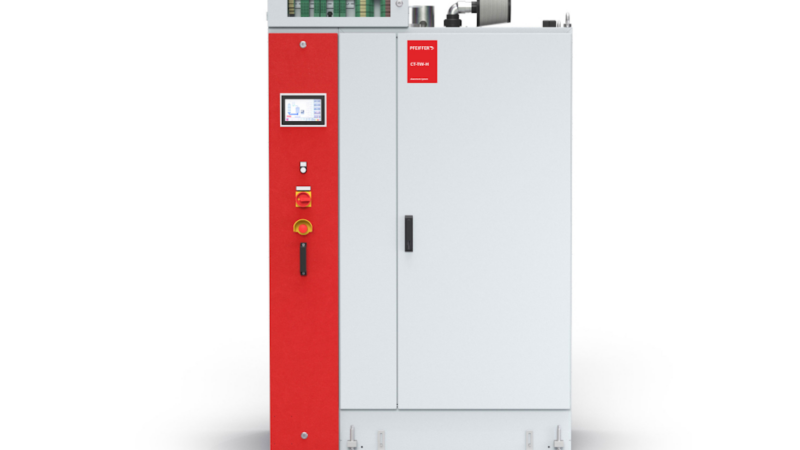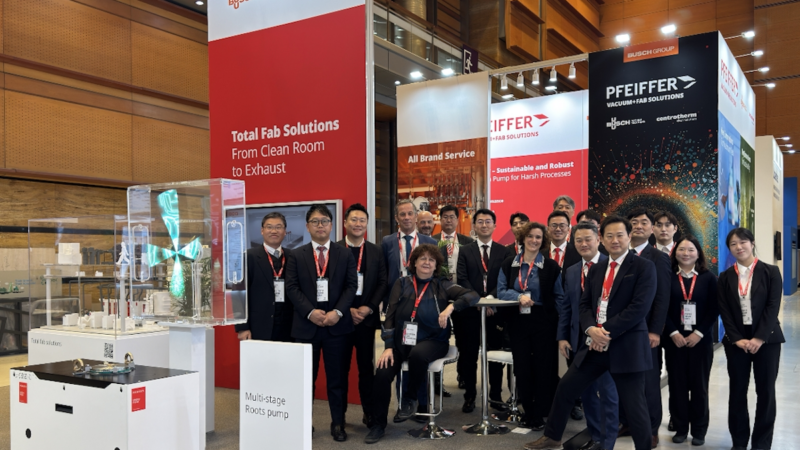An Outline of the MEMS M&A Market
Micro-electro-mechanical systems (MEMS) are flourishing within the global consumer and industrial markets. The research firm In-Stat/MDR expects a compound annual growth rate (CAGR) of 15.9% within the next four years.
What makes this expansion even more interesting is the nature of the MEMS market. Hundreds of companies currently work in specialised areas of the industry, and the largest market share for any one company is just 10%. This fragmentation of the MEMS market is combining with high growth rates and technological development to encourage consolidation. Indeed, mergers and acquisitions are already taking place.
Micro-Electro-Mechanical Systems
MEMS, also known in Europe as microsystems, are minute mechanical devices powered by electricity. Manufacturers place them on semiconductor chips to perform various functions. MEMS devices, for example, act as valves, gears, actuators, mirrors and sensors.
The devices appear in consumer products such as mobile phones, printers, multimedia players and game controllers. They are also in cars, aeroplanes and medical equipment.
Size of the Market
MEMS devices are both cutting-edge and cost-effective. They can lower the costs of an electronics product and improve performance at the same time. This explains the growth in the MEMS market. In 2010, the global market size was around $8 billion. The continuing demand for cheaper and better electronics technology will boost this to more than $16.5 billion in 2015.
The main areas of MEMS growth in consumer electronics are printers and mobile phones. But the industrial sector is also using an increasing number of MEMS devices. These are mainly accelerometers for equipment such as car airbags, and pressure and flow sensors for manufacturing. According to the market research company iSuppli, the industrial segment of the MEMS market will be worth more than $1.2 billion by 2014.
In the same year, it is also likely that five MEMS devices, whether for consumer or industrial use, will each have a market share of $1 billion or more. These five are accelerometers, gyroscopes, pressure sensors, inkjets and optical MEMS for screens.
The Major Players
30 companies hold around 70% of the MEMS market. Several hundred other developers and manufacturers across the world share the rest of the market between them.
The top 30 includes familiar names from the consumer electronics industry. Among them are Lexmark, Canon, Seiko Epson and Hewlett Packard, all of which use MEMS devices for inkjet printers.
Texas Instruments, though, has the largest market share. It specialises in digital light processing (DLP) chips. Robert Bosch is third in size behind Texas Instruments and Hewlett Packard. The company supplies MEMS devices to the car industry. It also sells MEMS products through its consumer arm, Bosch Sensortec.
The Italian/French electronics and semiconductor manufacturer, STMicroelectronics, is close behind Robert Bosch. The aerospace industry is one of the company’s major clients. Other key players in the MEMS market include Avago Technologies, Panasonic and Freescale Semiconductors.
Current Trends
In the aftermath of the credit crunch, MEMS sales dropped. This was inevitable when demand for consumer electronics and cars fell. Since then, however, both the consumer and the industrial MEMS markets have seen a surge in growth.
On the consumer side, smartphones, and tablet devices such as Apple’s iPad, are driving this increase. ABI Research believes that by 2016, the market for MEMS audio and sensor devices in smartphones and tablets will be worth more than $1.5 billion.
Within industry, engineers are regularly finding new uses for MEMS devices. The aerospace, automotive, medical and defence sectors are among those leading this demand.
The MEMS market is also maturing. Customers have realised that MEMS devices increase the value of their products. And suppliers are acting with more confidence and expanding what they sell.
Recent Deals
Recent mergers, acquisitions and development agreements confirm the trend for expansion. VTI, for example, is a Finnish company that makes 3D MEMS devices for medical appliances, transport and communication. The Murata Manufacturing Co. of Japan, which supplies electronics to Nokia and Apple, has now bought VTI for $261 million.
Texas Instruments has announced its acquisition of National Semiconductor. The stated goal of this move is to improve the performance of semiconductor chips and MEMS devices for Texas Instruments‘ 80,000 customers. The company also hopes the acquisition will speed up innovation.
In the research and development sector of MEMS work, organisations are proposing joint initiatives. The University of Washington, for example, has teamed up with the A*Star Institute of Microelectronics. Together, they aim to lower the cost of producing silicon photonic integrated circuits, of which MEMS devices form a part.
In Europe, the EV Group has reached an agreement with the Fraunhofer IZM-ASSID research institute. The intention is to develop mass production techniques for 3D integrated circuits (ICs). 3D ICs are MEMS devices that enable semiconductors to have functions such as memory and logic.
What the Future Holds
Such research and development initiatives are making consolidation in the MEMS sector more likely than ever. Innovation, especially when it leads to lower cost products, attracts a lot of business interest. Reliable, high value MEMS technology that’s cheap to make is very profitable.
This technology is progressing rapidly among established and emerging companies. Some analysts are concerned that unlike semiconductors, MEMS devices lack a clear roadmap that aligns goals with solutions. But because MEMS technology is developing so rapidly, new areas of use appear all the time. Any roadmap is bound to have difficulty keeping up with such expansion. This doesn’t mean the market has a problem; the roadmap simply needs to be more flexible.
The main points about the MEMS market, however, are that it is growing fast and has rapidly developing technologies. These conditions have created an environment in which major MEMS companies see the potential to achieve economies of scale and greater profits.
In the next 12-18 months, major companies will therefore merge with and acquire many of the smaller MEMS players, the ones who’ve created new technologies and hold valuable patents. The major companies have a simple goal behind this strategy: to leave their competitors behind and dominate the market.
For more information about the MEMS Market please contact us at info@frankfurtpartners.com
Frankfurt Partners (FP) is a German management consultancy with headquarters in Frankfurt. FP advises small and medium-sized businesses throughout Germany on business consulting, strategy, organization, mergers & acquisitions and business insolvency. FP supports businesses from all industries with the goal of creating lasting competitive benefits and to increase the performance of their business. In close partnership with clients, targets are defined and solutions developed along communal value chains. Running parallel to the work for companies, Frankfurt Partners also supports social organizations free of charge. For more information about Frankfurt Partners please visit www.frankfurtpartners.de
Kontakt:
Frankfurt Partners
Kerstin Kaufmann
Bockenheimer Landstrasse 17
60325 Frankfurt
press@frankfurtpartners.com
+49 69 710 455 382
http://frankfurtpartners.de






